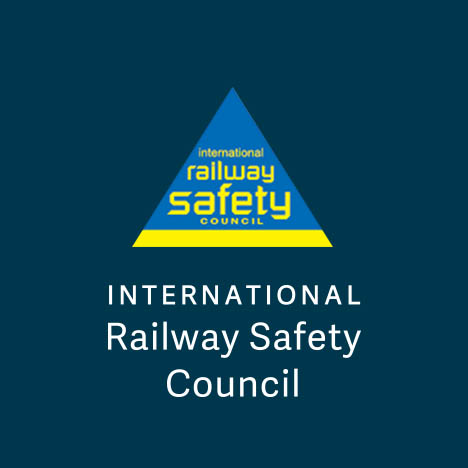In a fast-paced and demanding industry, rail organisations are challenged to provide on-time service while they simultaneously protect the health and welfare of employees and customers alike. This paper focuses on the concrete ways organisations can build a robust safety culture that engages dispersed workgroups, controls exposures, and cultivates individual fluency for identifying and adapting to unforeseen risks. It covers the basic constituent parts of safety improvement, the role leadership plays in driving culture change, how to create value for safety in the organisation, the best safety leadership practices, and the nine culture characteristics predictive of safety outcomes.

